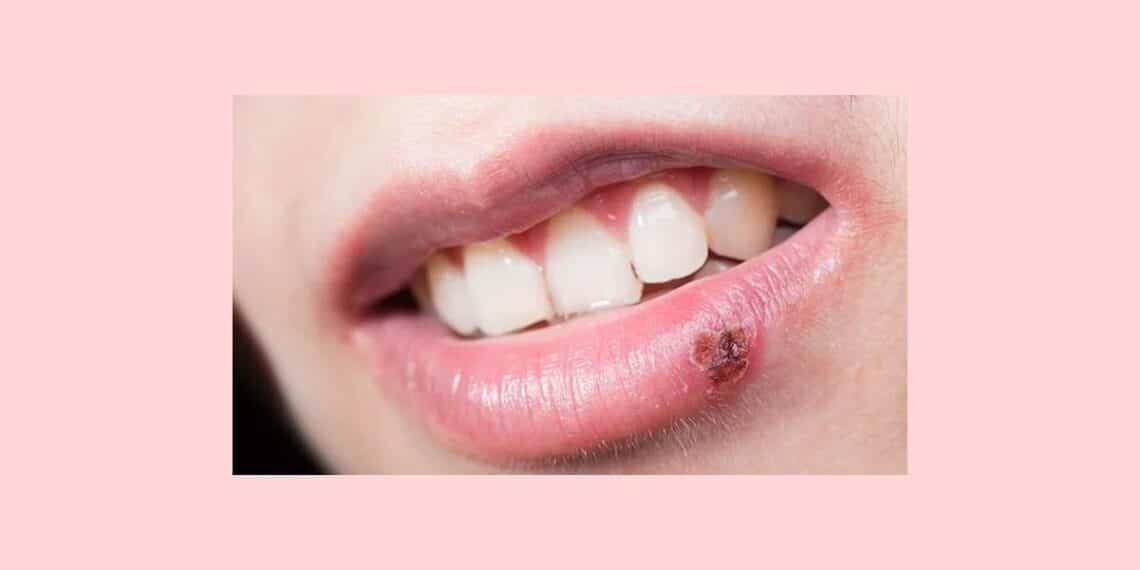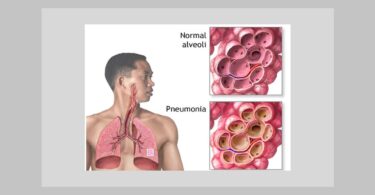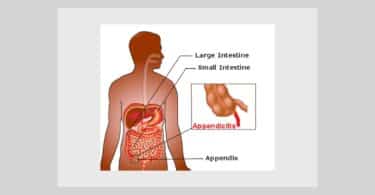The term “cold sore” describes a group of blisters that form around the mouth and inside the nose, usually toward the end of a cold thus their name. The sores can be irritating, unsightly, and very uncomfortable, but they are not dangerous. They are produced by a virus called herpes simplex. Most people have been exposed to the virus by the time they are five years old and build up a natural immunity so that they never produce cold sores.
The herpes simplex virus is related to the herpes virus that attacks the genital area. The latter is a sexually transmitted disease, and immunity to the cold sore virus does not mean that one is immune to genital herpes.
Dangers of cold sores
There is little danger that the skin tissue will scar, except in severe cases. However, it is important to touch the sores as little as possible, as touching may cause them to spread. The protective crust should never be scratched or picked before the sore is fully healed and dried out. If it comes off, the sore could become re-infected, and the healing process would be prolonged unnecessarily.
Causes of cold sores
Herpes simplex virus type 1, or, less often, herpes simplex type 2 (the cause of genital herpes). The virus is spread from person to person by contact with fluid from a cold sore, saliva, contact with an item that has the germs on it, or sharing food or drinks with an infected person. The blisters and open sores can spread the virus until they heal.
Risk factor may trigger an outbreak of cold sores. Cold sores also recur for unknown reasons.
Risk Factors and Preventive Measures
While there is no effective preventive treatment, some patients find applying a lip salve before going out in the sun prevents outbreaks. Research has shown that the virus can live up to seven days on a toothbrush, causing a re-infection after the sore heals. Once a sore develops, an infected toothbrush can also lead to multiple sores, so a new toothbrush should be used after the sore heals. It is also better to use small tubes of toothpaste, since the paste can transmit germs, too.
An infected individual should not touch sores, which could spread the virus to new sites (such as the eyes or the genitals). Kissing should be avoided during outbreaks if the blisters will come in contact with the lips.
Symptoms and Diagnostic Path of cold sores
Most people have their first infection before age 10, although most will not have symptoms. About 10 percent will go on to develop many fluid filled blisters inside and outside the mouth about five days after exposure, together with fever, swollen neck, and aches. This is followed by a yellow crust that forms over the blister, healing without scars in about two weeks.
Once the infection occurs, the virus remains in nerve located near the cheek bone. There it may remain, forever inactive, or it may travel down the nerve to the surface of the skin to cause a new blister. Recurrent attacks tend to be less severe.
The first attack may not even be noticed; the first infection in childhood usually causes no symptoms. However, about 10% of newly infected children experience a mild to fairly severe illness with fever, tiredness, and several painful cold sores in the mouth and throat.
Subsequent outbreaks are often signaled by a tingling in the lips, followed by a small water filled blister on a red base that soon grows, causing itching and soreness. Within a few days the blisters burst, encrust, and then disappear. The virus then retreats back along the nerve where it lies dormant in the nerve cold; in some patients, however, the virus is constantly reactivated.
Treatment of cold sores
In the early stages before the sore has erupted, while the skin is itching and tingling, the antiviral drug, in the form of a cream, may be applied to the affected area to stop the sore from developing further. Applying ice cubes to the tingling area at this stage can also help. Once the blisters appear, nothing will stop them from running their course. There are preparations on the market to relieve the itchiness and pain, but they will not shorten the healing period.,
Most cold sores heal naturally within two weeks or so – the process will take no more than three weeks at the most.
Homeopathic treatment of cold sores – Homeopathy is one of the most popular holistic systems of medicine. The selection of remedy is based upon the theory of individualization and symptoms similarity by using holistic approach. This is the only way through which a state of complete health can be regained by removing all the sign and symptoms from which the patient is suffering. The aim of homeopathy is not only to treat cold sores but to address its underlying cause and individual susceptibility. As far as therapeutic medication is concerned, several remedies are available to cure cold sores that can be selected on the basis of cause, sensations and modalities of the complaints. For individualized remedy selection and treatment, the patient should consult a qualified homeopathic doctor in person. There are following remedies which are helpful in the treatment of cold sores:
Belladonna, Hepar Sulph, Fluoric Acid, Bufo Rana, Coffea, Mezarium, Cistus Can, Silicea, Thuja, Zincum Met, Antim Crude, Arsenic Album, Dulcamara and many other medicines.
References:
David B. Jacoby, R. M. Youngson; Encyclopedia of Family Health; 2004; 382
H. Winter Griffith, Stephen Moore, KENNETH YODER; Complete Guide to Symptoms, illness & Surgery; 2006; 371
Carol Turkington, Bonnie Ashby; The encyclopedia of infectious diseases; 2007; 67
Cold Sores Cases Cured with Homeopathic Medicine
Acute Case of Fever Blisters – by Marilyn Freedman






I met dr manisha bhatia in greece while studying with professor George Vithoulkas . I was very intrigued with his teaching